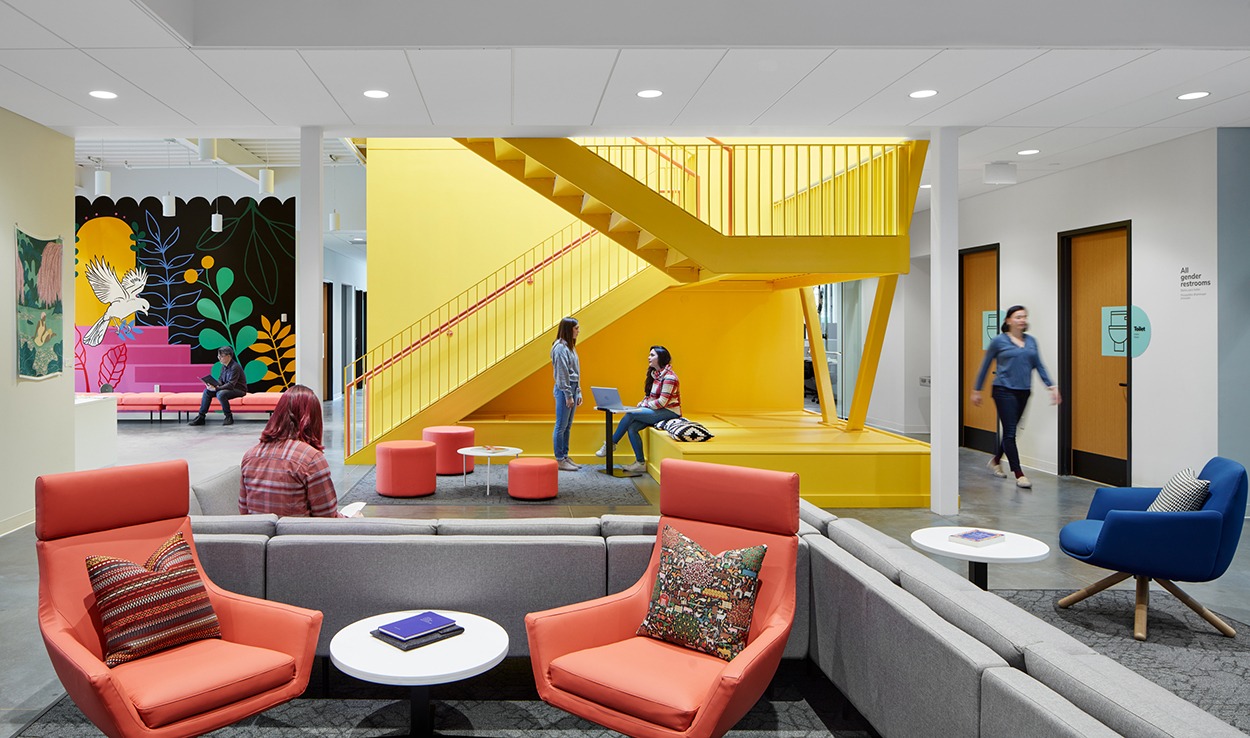
We started this discussion last year because the Baby Boom generation is now the largest segment of healthcare system users in the U.S. They are more mobile and technologically-saavy than the generation before them. And they are way more picky and demanding.
On average, about 10,000 Baby Boomers turn 65 every day. Women outnumber men 2 to 1.3.
And here's something that surprised me when I read it in a recent LeadingAge report: Baby Boomers are far less healthy than preceding generations. They have lower rates of smoking and heart attacks due to progress in preventive health, but they have much higher rates of major chronic conditions, like obesity and diabetes.
What's more, because of the size of the Baby Boom generation, the number of Americans living with dementia is expected to double in 20 years.
All these things pose different challenges for our healthcare system. We need to be thinking about how we're designing our communities, buildings, products, etc. to meet the needs of our aging Boomer population (next generation to tackle: Millennials).
Join Us!
Gary and I want to hear your thoughts about it. So, if you're going to be at Healthcare Design, please join us on Monday, November 16 from 9:45-10:45 a.m. Here's some questions to ponder in advance:
- How can we better design our communities and buildings to better meet the needs of an aging Baby Boom generation, which has higher rates of chronic conditions (obesity, diabetes) than the generation before them? What are specific features that every community and/or building should have?
- As the number of Baby Boomers living with dementia increases, what types of demands are they and those who care for them going to make on our healthcare system? How can design help address those demands?
- How can healthcare product manufacturers respond to Boomer Nation? What products are missing or could be improved?
If you have other questions, please submit them in the comment section below or email them to Gary or I.
Looking forward to seeing many of you in Washington, D.C.!
P.S. Please do me a favor -- if you liked this post and like this blog, please share it with others by sending them the link and/or post it on your Twitter, LinkedIn, or Facebook, etc. Also, don't forget to subscribe, so you'll get emails when new content is posted. Thanks!






